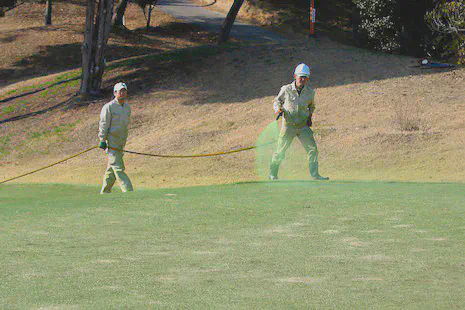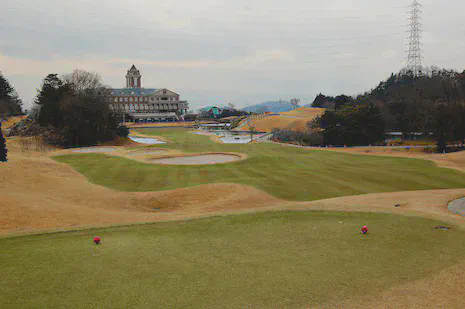Overseeded (or not) fairways in Japan
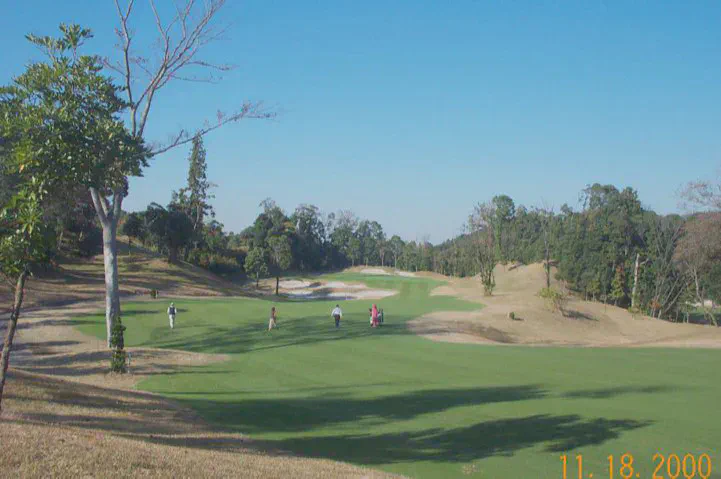
When the photo above was taken, I was the superintendent at Habu CC in Chiba prefecture, and the course looked superb in late November after the ryegrass we planted to the bermudagrass fairways had grown for about seven weeks.
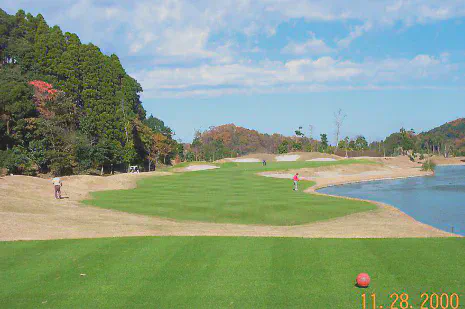
By the end of November, the noshiba (Zoysia japonica) rough was completely dormant, and the perennial ryegrass that had been planted to tees and fairways was still growing well in the autumn weather.
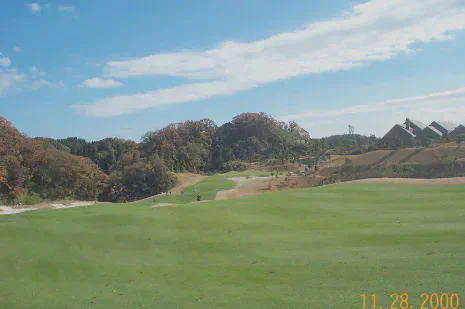
Overseeding is actually rare in Japan, with probably less than 1% of the courses in the country overseeding fairways during the winter, even though warm-season grasses are dormant in most of Japan for six months of the year.
There are various reasons for not overseeding, the main one being that korai (Zoysia matrella, or manilagrass) is the primary grass used on fairways in Japan, korai does not have a history of performing well when it is overseeded, and there are colorants that are used on korai tees and fairways that produce an attractive playing surface during the dormant period.
